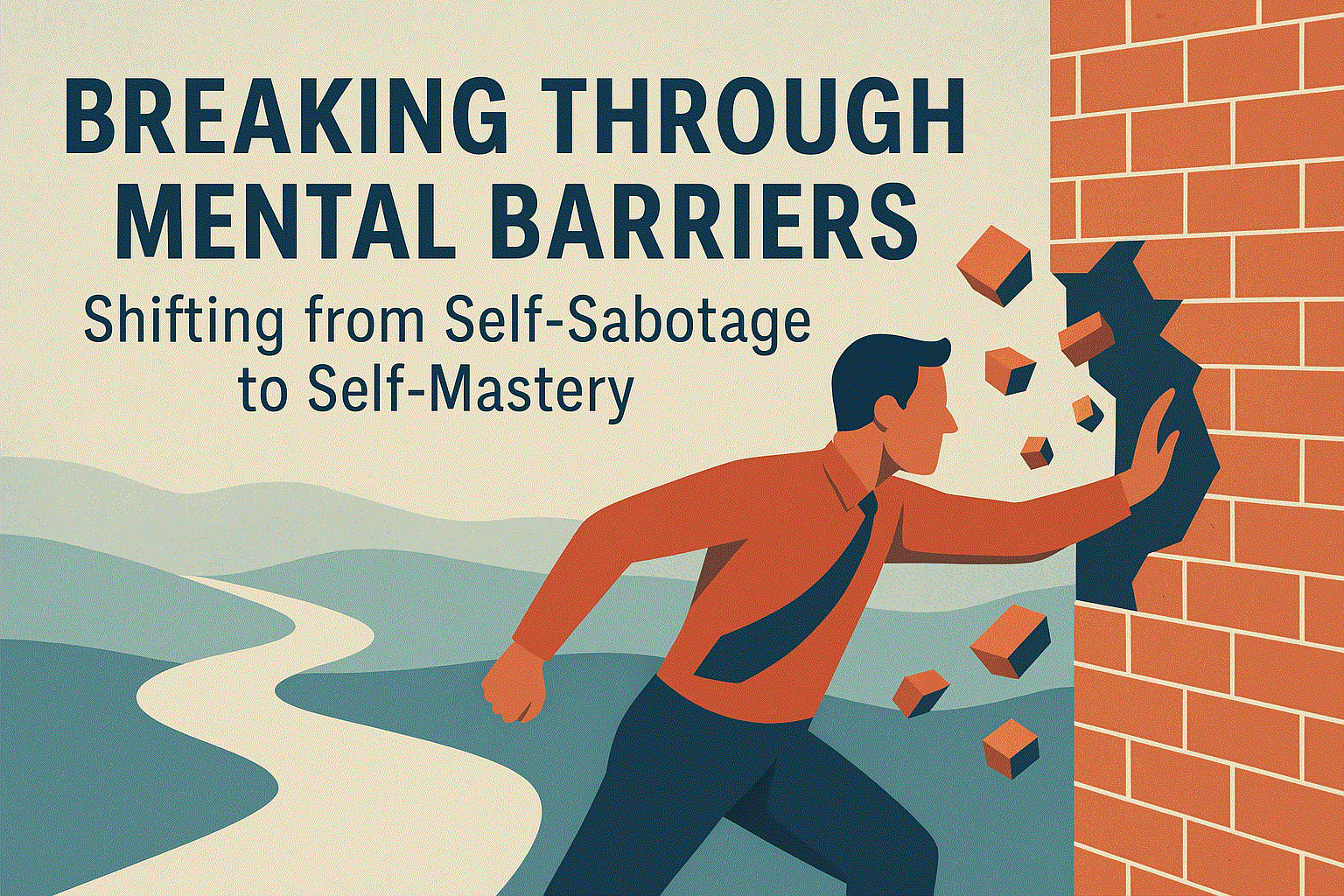Apr20

Introduction: A Shift in AI Governance Thinking
Most organizations still approach AI governance like it starts with policies and frameworks. But the most critical system any AI learns from is not in the documentation—it's the leadership team itself.
You can't scale coherence from chaos. And you can't audit alignment into existence. As leaders, we are the first training data for the intelligence we build.
Why Leadership is the First Model
AI systems don't just replicate logic. They absorb behavioral patterns. And the first pattern they learn is leadership:
If your leadership system is emotionally reactive, ethically incoherent, or cross-functionally misaligned, your AI system will inherit that architecture.
Ethics as an Embedded System, Not a Surface Layer
We've seen it across dozens of boardrooms:
This isn’t about compliance. This is about culture.
AI governance isn’t a policy layer. It’s an embedded operating system. One that needs to be:
The Five Signals of AI-Ready Leadership
From our advisory experience at MAIIA, here are the five signals we track inside executive teams building AI systems:
Responsible AI as Systemic Integrity
Ethical leadership is the first real AI governance. Not because it's perfect. But because it's consistent, transparent, and designed to evolve.
We can’t outsource integrity. We have to encode it.
Conclusion: From Boardroom Mandates to Embodied Governance
As AI ethics becomes a strategic imperative, the organizations that succeed won’t be the ones with the thickest frameworks. They’ll be the ones with the clearest alignment between who they are and what they build.
Responsible AI doesn’t start in the code. It starts in the room.
Let’s design governance that holds.
Mai ElFouly PhD(c) is Chair™ of MAIIA™ LLC, a strategic board advisor and AIQ Certified Responsible AI Executive. She works with boards, founders, and high-growth ventures to build leadership systems that scale intelligence with integrity. Her work bridges AI fluency, cultural coherence, and ethical system design across corporate and frontier environments.
By Mai ElFouly PhD(c), Chair™, CAIQ, CRAI, CEC, CEE, PCC
Keywords: AI, Leadership, Risk Management
 Beyond the Framework: The Real Architecture of Ethical AI Governance
Beyond the Framework: The Real Architecture of Ethical AI Governance The Four Tests Every Strategy Should Pass
The Four Tests Every Strategy Should Pass Friday’s Change Reflection Quote - Leadership of Change -Leaders Enable Peaceful Dispute Resolution
Friday’s Change Reflection Quote - Leadership of Change -Leaders Enable Peaceful Dispute Resolution The Corix Partners Friday Reading List - April 18, 2025
The Corix Partners Friday Reading List - April 18, 2025 Breaking Through Mental Barriers: Shifting from Self-Sabotage to Self-Mastery
Breaking Through Mental Barriers: Shifting from Self-Sabotage to Self-Mastery